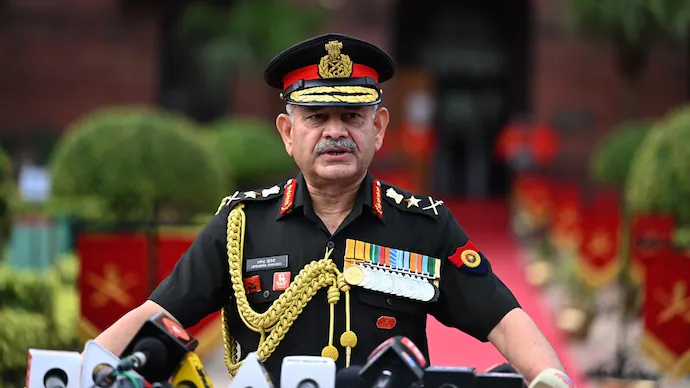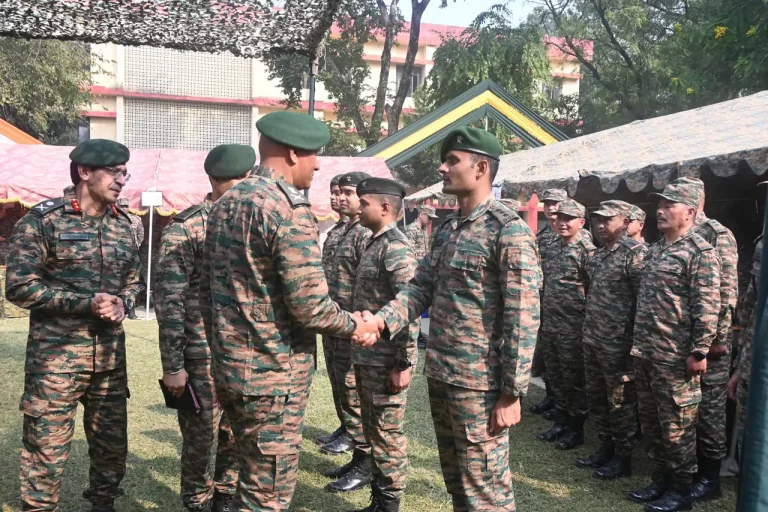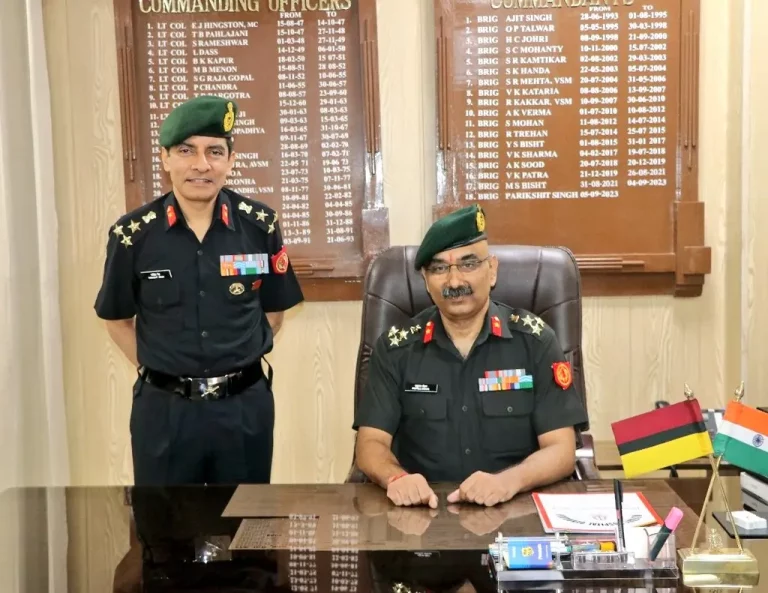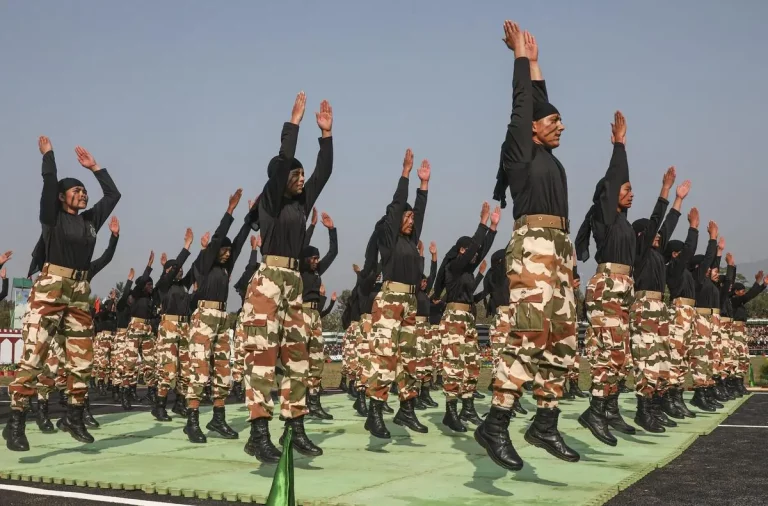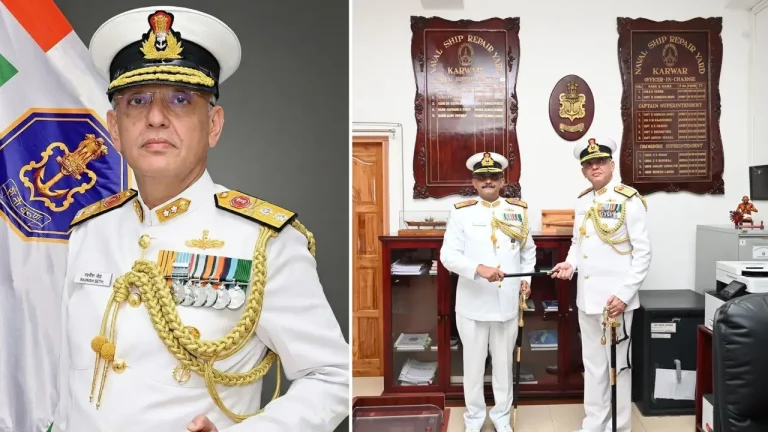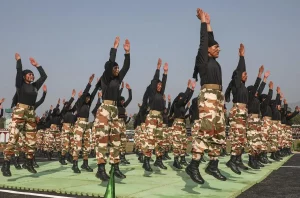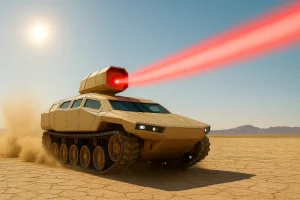In a significant shift in India’s counter-terror strategy, Army Chief General Upendra Dwivedi has labeled the recent Pahalgam terror attack as a transformative event. This incident, which resulted in the tragic loss of 26 civilian lives, is expected to fundamentally alter the nation’s approach to cross-border threats.
During the Kargil Vijay Diwas ceremony held in Drass, General Dwivedi elaborated on a military operation conducted on May 6–7, which specifically targeted high-value assets located in Pakistan and Pakistan-occupied Jammu and Kashmir. He described this action as a direct response to the Pahalgam attack, articulating that the precision strike was meticulously designed to minimize civilian casualties while delivering a decisive message to those orchestrating and supporting acts of cross-border terrorism.
The Army Chief also highlighted the heightened state of alert among Indian forces from May 7 to 9, indicating preparedness to counter any potential retaliation from across the Line of Control. He emphasized that this military operation formed part of a broader, coordinated strategy involving multiple security and intelligence agencies, reflecting a collaborative effort to ensure national security.
In a forward-looking strategy, General Dwivedi announced structural changes within the Army, including the establishment of integrated combat formations referred to as ‘Rudra’ brigades. These units will combine infantry with armored elements, artillery, special forces, and drone capabilities under a unified command, marking a significant departure from the traditional role-specific brigade structure towards a more flexible, multi-domain force orientation. Notably, two of these brigades have already become operational.
Additionally, the Army Chief introduced the newly raised ‘Bhairav’ battalions, light commando units designed for rapid and targeted interventions along the country’s frontiers. Each infantry battalion will now include dedicated drone sections, while artillery capabilities are set to be enhanced through the introduction of long-range, remotely operated systems.
Furthermore, plans are underway to modernize the Army’s air defense sector, integrating domestically developed systems to effectively address aerial threats. General Dwivedi emphasized that all these reforms are being implemented in close coordination with the Navy, Air Force, and other governmental bodies, contributing to a unified national defense posture. The strategic changes indicate a proactive and evolving response to the challenges posed by cross-border terrorism, underscoring a commitment to enhancing national security amidst complex geopolitical dynamics.
